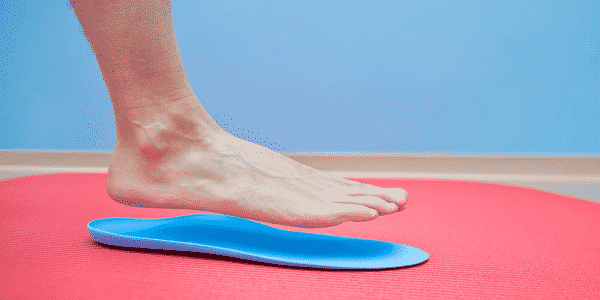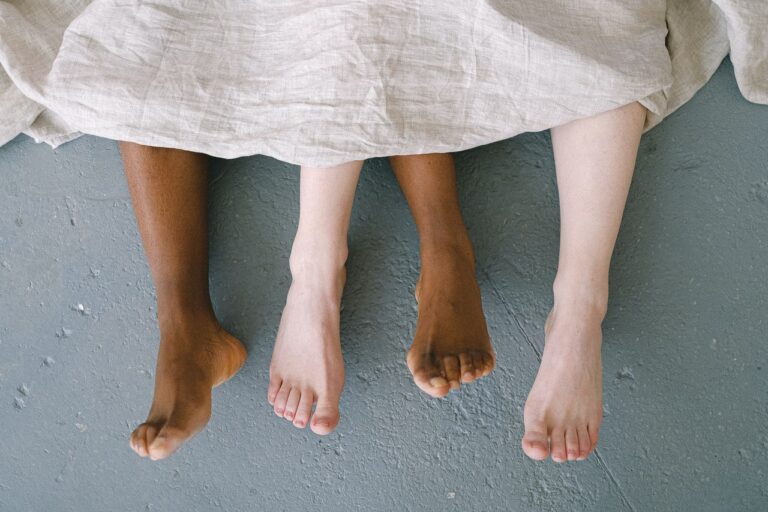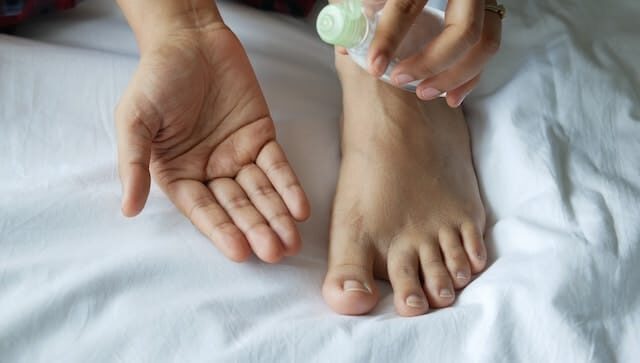Diabetic Foot Infection: How Diabetes Affects Feet
Diabetes has become a common problem nowadays. High levels of sugar in your blood may cause problems in other parts of your body, especially your feet. Diabetes can affect our feet to a level where it needs to be amputated so you should not take diabetes lightly. Diabetic foot infection can be stopped by taking good care of your feet every day if you have high blood pressure and checking your glucose level using the best glucometer for home use and keep your blood sugar at normal levels.
Here’s how Diabetes can affect your feet:
As time goes by high glucose levels present in your blood can lead to nerve damage. This type of nerve damage first starts with small tingling or pain. Before you even realize you start losing feeling in your limbs, especially your feet. This level of nerve damage is termed Diabetic Neuropathy in the medical world.
Once you start experiencing numbness in your feet you might not be able to feel a blister or even a pebble inside your shoe which may further lead to injuries. Being a diabetic these injuries does not heal easily and become infected.
High blood sugar also restricts the flow of blood in your feet and due to scarcity of blood, it becomes very difficult for a blister or an injury to heal. When conditions worsen, diabetic foot infection occurs, and may lead to Gangrene.
If not treated properly or sometimes even after treatment in order to save your life, doctors have to amputate your toe, foot, or part of your leg in order to stop the spread of the infection.
Another rare but dangerous foot infection that is found in people with high blood sugar is Charcot’s foot. In this rare kind of nerve damage, the shape of your foot deforms and sometimes to an irreparable length.
It starts with swelling in your leg with some redness and warmth. Your bones become so weak that can break or shift from their normal places. This phenomenon leads to an odd shape of your feet.
Apart from severe problems such as Gangrene, Amputation, and Charcot’s foot, diabetes may also cause these problems in your feet:
- Athlete’s foot- Fungal infection that leads to itching, redness, and even cracks in your heels.
- Ulcers and Blisters- They can happen due to biting of shoe or minor cuts and scrapes. Try to find the best fit shoes for your feet that are also comfortable in order to avoid ulcer issues.
- Calluses- Hard skin builds up usually found on the underside of the foot. Generally, they are not a problem but you should seek medical attention as this could be the start of something much worse. Also do not try to scrape off your dead skin with any sharp object.
More Diabetic Foot Issues:
- Corns- These are like calluses but they build upon around the bony areas of toes. You can use a pumice stone gently during bathing to remove the upper layers or seek medical help. Do not try to scrape it with a sharp object.
- Nails-related issue- Diabetic persons can face issues related to their nails as well. It can be as simple as an ingrown nail that can cause you pain or something serious as fungal infection of nails.
- Bunions- The formation of a bunion takes place when the big toe starts bending toward the second toe. This area might also become hard, red, and callused. Generally, found in people who wear high-heeled narrow-toed shoes. You might need surgery
- Plantar Warts- These painful warts look like calluses on the ball of the feet or on the side of the heel. Seek immediate medical help and get them removed before they spread all over your feet.
Here’s how you can keep your feet healthy if you have diabetes:
- Proper medication and medical consultation is the first thing you should keep in mind in order to prevent severe conditions.
- Take proper diet, nutrition, exercise, and avoid sugary substances to keep your blood sugars level within the required range. This will help significantly with diabetic foot infection.
- Wash your feet daily with warm water and mild soap. Don’t soak them, simply wash them and dry them well, especially between your toes.
- Check for any blisters, ulcers, calluses, sores, corns, or any abnormality so the problem can be taken care of at the start itself. Try these alternative ways to treat diabetic foot ulcers.
- Keep your feet well moisturized by applying a good moisturizer if they are dry. Try consulting a doctor for recommendations on a good moisturizer for your feet.
More Health Tips for Diabetic Feet
- If you find any calluses or corns use a pumice stone on them gently after the bath or shower.
- Trim your toenails once a week with a nail clipper. Avoid rounding the corners off or toenails or cut the sides of the nails.
- Find shoes that fit well and are comfortable too. A wrong shoe fit is the first cause of blisters or ulcers in your feet if you are diabetic.
- Always check your shoes for pebbles or any sharp object otherwise you might get an ulcer that will not heal soon due to diabetes.
- If you feel any numbness in your feet then try to put your feet up while sitting, wiggling your toes and moving your ankles several times a day. Consulting a doctor would be the first thing.
- Stop smoking as it can cause problems with the flow of blood in your body.
- Go for routine checkups with your physician and get a thorough exam once in a while. It’s better if you get in touch with a podiatrist (Feet Doctor) even if you don’t have any problems yet but have diabetes.







